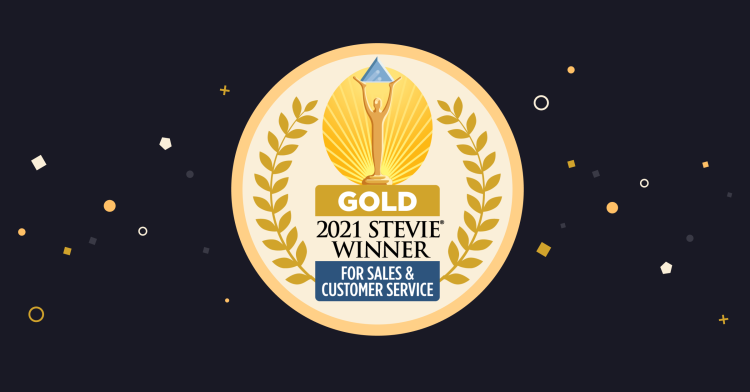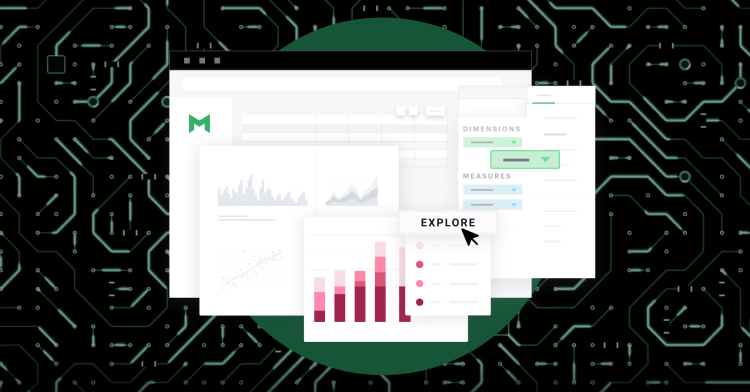Asking questions is easy. It's so easy that, as askers, we often don't think about the quality of our questions. Poorly framed questions waste everyone's time—yours included—because they require the answerer to make assumptions. When it comes to asking analysts to explore a problem you're trying to solve, better questions will drive better analysis and, ultimately, more actionable answers.
Here's an example:
Marketer: “How many people converted from paid ad campaigns in the last week?”
Analyst: “6,000.”
Marketer: “Oh, that's interesting. I was expecting more. Can you please break it down by channel?”
This kind of question is expensive. Not because it's hard to answer, but because it limits your analyst's ability provide real value.
Good questions start with a goal
To ask better questions, start by identifying your goal:
- “What options am I trying to decide between?”
- “What action am I trying to inform and how will the answer to this question change my action?
Let's assume the marketer's goal is to spend advertising dollars most effectively. If the marketer had asked a narrow question about conversion rates, the analyst might only research that aspect of the campaigns.
But because the analyst knows that the actual goal is to optimize ad spend, she might proactively explore churn rates from customers acquired through various paid channels. By adding lifetime value to her analysis, the analyst might discover that ads with great conversion rates actually turn out to be less valuable in the long-run. Together, the marketer and analyst could use this information to optimize the campaigns.
The context shortcut
Even when asking a well-motivated question, it's important to provide context. Without it, analysts may take the wrong approach or make bad assumptions that lead to incorrect results. Moreover, context helps analysts do what they do best—frame questions and look at them from many angles.
For example, the marketer above could be asking about advertising spend for lots of reasons. Explaining why she's asking the question can help the analyst focus her analysis and reach a faster, better answer:
Marketer: “Last week we decided to push our Twitter and Facebook advertising in a new direction. We added 10 new image/copy combinations and increased our spend by 50%. I'm curious how the new stuff is performing relative to the ads we've been running for awhile. Also, which image/copy combos are leading to the most conversions?”
Analyst: “What's the primary message of the new ads? Other than purchasing, what sort of behavior are you hoping to change?”
Open-ended questions like these have two benefits. First, context helps analysts understand how to handle the details of your question. If someone arrives through two different marketing channels, should they be counted once or twice? Your result could be dramatically different depending on the method you choose, but analysts often won't know the right method without context.
Second, analysts answer a lot of questions—and about many aspects of your business. With your context, she's better able to connect your question to others that she's been asked before.
Analysis is a conversation
The analysis should get you asking questions. Don't be afraid to ask lots of follow-ups.
Because the analyst understood your goal, she will have been empowered to explore your initial question from a number of different angles. She'll probably have answers at the ready or be able to determine which follow-ups will lead to the most valuable discoveries.
Even if this approach feels laborious at first, it pays dividends in the long run. If you form a strong partnership with your analytics team, together you can begin to connect dots across business lines in ways that uncover unexpected value.





